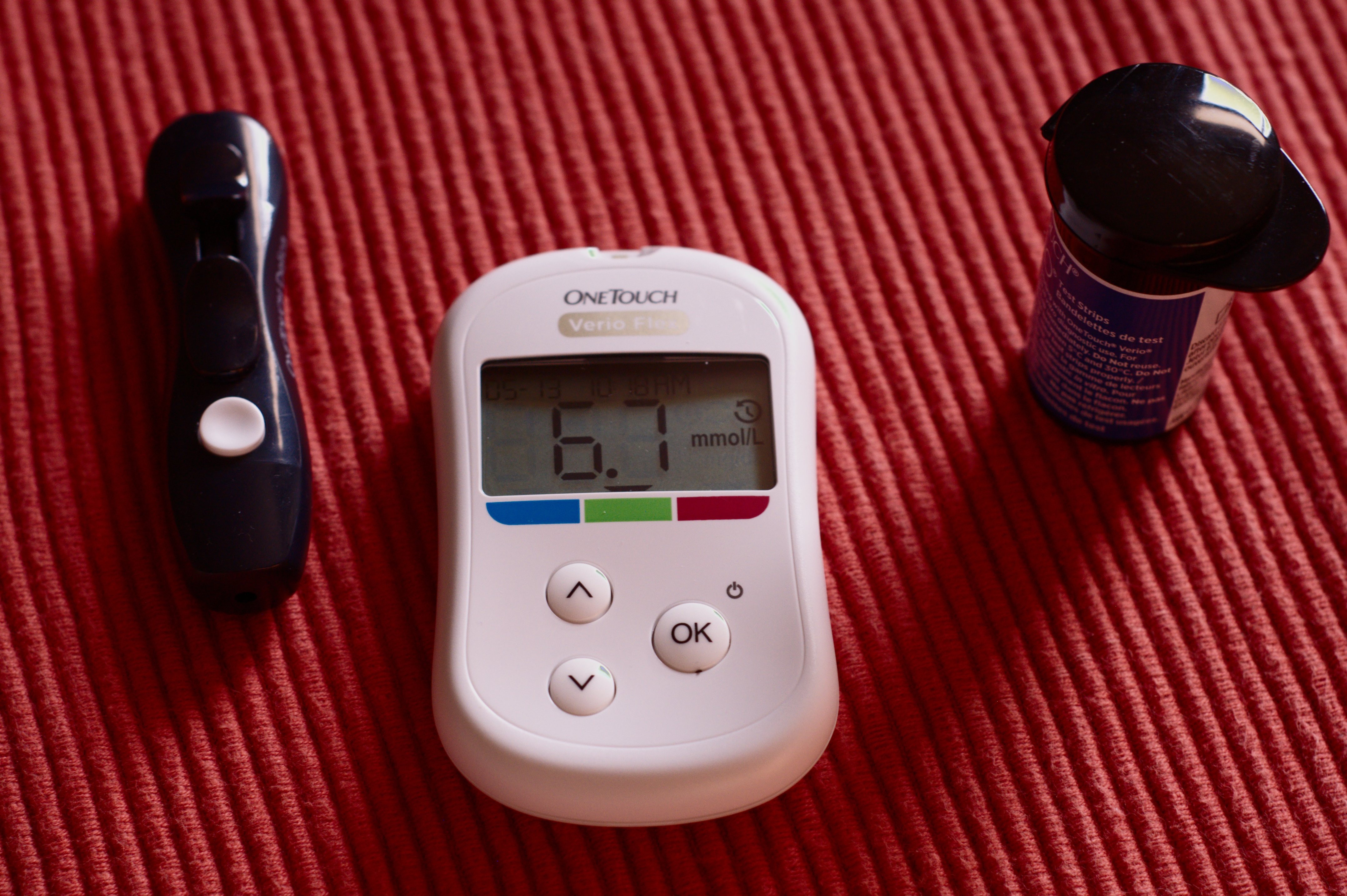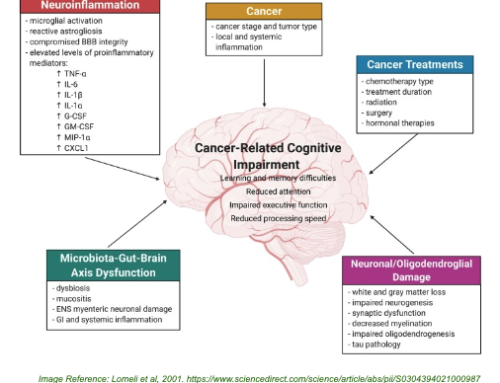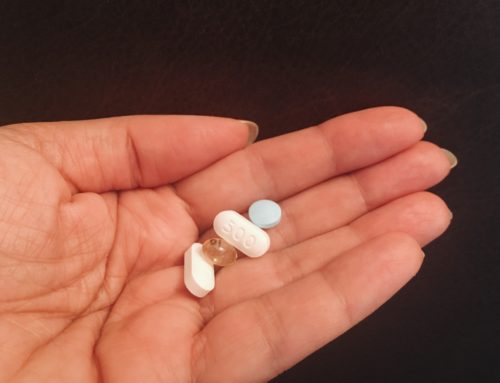Remote health monitoring technology has been the bright young thing in home care for a few years now. As more and more Australians consider the advantages of living at home compared to the nursing home option, both patients and healthcare professionals are looking to remotely monitor patient health outside of a traditional clinical setting.
For chronic conditions such as cancer, heart failure, diabetes and atrial fibrillation, the ability to easily and effectively monitor a patient’s condition remotely 24×7 not only enhances the quality of patient care, it also improves clinical efficiency and substantially reduces the cost of healthcare to the government.
Managing Australia’s Healthcare Costs
Managing Australia’s rising cost of delivering healthcare is a major challenge for our healthcare system overall.
A substantial element of this cost is driven by the high cost of ‘Frequent flyer’ patients who typically exhibit a combination of chronic medical conditions such as diabetes, cancer or cardiovascular disease necessitating repeat visits to the hospital several times each year for diagnostics.
Remote health monitoring offers an opportunity to reduce both the utilisation rates of Australia’s healthcare system and the costs associated with monitoring patients with chronic conditions while living at home or in a nursing home.
So, just how does this technology work and how can it potentially improve patient healthcare outcomes?
What Is Remote Monitoring?
Remote patient or health monitoring is the application of wireless technology to stream data from wearable patient devices to ensure the continuous monitoring of patients in non-clinical environments while living at home and during home care services.
https://www.youtube.com/watch?v=YSz3tFUp6U4
When included in chronic disease management, remote health monitoring may potentially substantially enhance a patient’s quality of life as the patient can receive home care while their treatment regimen is being monitored continuously.
Hence, it is unsurprising that this technology is becoming increasingly popular.

How Remote Monitoring Works
Remote monitoring comprises a series of converging technologies. The components usually found in a remote monitoring system usually includes:
- A monitoring device fitted with a sensor to detect physiological data
- Wireless communications to transmit this data stream either continuously or in bursts to both their healthcare provider and the patient
- Data storage typically in the cloud to back up patient data
- A platform to scrutinize the patient data, identify potential issues, issue alerts and offer treatment recommendations.
Increased focus is being given to smartphone app-based systems for remote monitoring. This app-led approach allows patients to monitor their symptoms as well as transmitting a continual stream of health updates to the patient’s healthcare provider.
Where Is The Sweet Spot For Applying Remote Health Monitoring?
While remote monitoring promises to benefit patients with a range of clinical conditions. To date, the combination of technologies has mainly been targeted at diabetes and heart and lung problems.
Diabetics need to constantly monitor their blood glucose levels, weight and blood pressure to keep their condition under control. Several diabetic monitoring platforms are being fielded to assist in managing diabetes and other chronic conditions.
These technology platforms have proven helpful in providing a mobile solution to connect health professionals with their patients to monitor patient progress in adjusting to the challenging lifestyle changes needed to control the potential complications of this chronic condition.
Similar benefits are anticipated from monitoring cardiovascular conditions, dementia and infertility issues.
Remote Monitoring Pros And Cons
While remote monitoring has proven successful in numerous applications, it does display some cons as well as pros:
Pros
- Encourages patients to take more of an active role in their health
- Makes healthcare more available
- Provides 24/7 healthcare monitoring
- Sends alerts real time to healthcare teams
- Provides a continuous patent history
- Data is easily accessible
Cons
- Wireless connectivity is not always accessible in rural and remote areas
- Additional software is typically needed by providers and medical record integration can often be sub-optimal
- Some patients prove to be either more forgetful or more passive than is optimal
- Technology literacy varies between patients
Solutions also need to be continually recognising and adapting to the encryption issues necessary to protect unintended sharing and loss of confidential health data.
This suite of technologies is allowing a level of home care for patients with chronic conditions to remain living at home while receiving home care services. Alternatively, they promise to lift the quality of care received in nursing homes
Final Word
While the current costs remote health monitoring technology remain high and refinements to the technology are needed, as those issues are gradually resolved, remote monitoring is likely to become a core aspect of both preventative healthcare and chronic disease management strategies of the future.
To find out how we can support you on your health journey and if remote health monitoring technology is right for you, do get in touch with us at https://valionhealth.com.au/contact/



